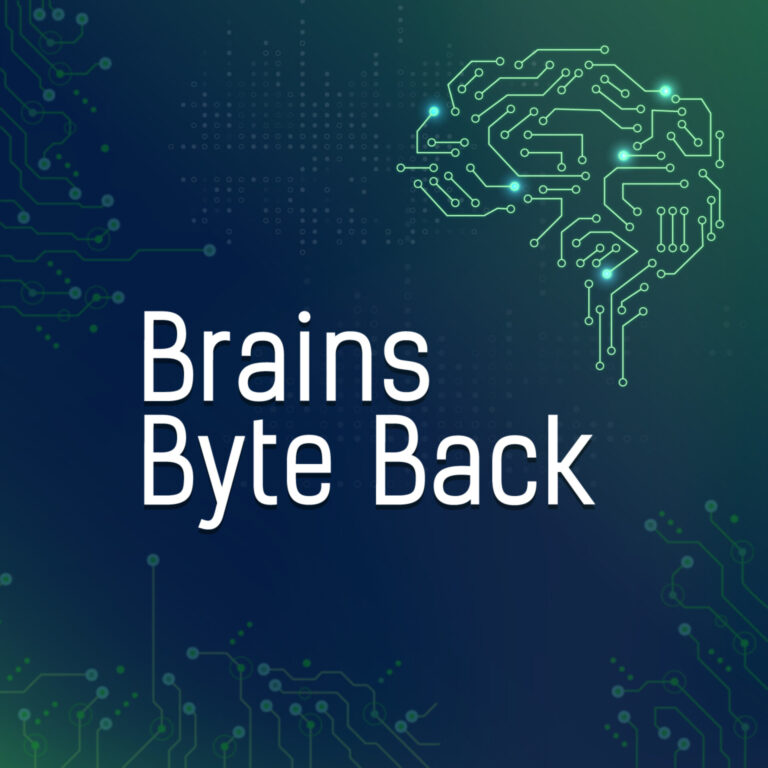A future cyberattack or software update could trigger a robot insurgency, according to a report published by the RAND Corporation.
Originally published in April and promoted on the RAND website in June, the working paper, “Averting A Robot Catastrophe: Preparing for Converging Trends in Robotics and Frontier AI,” highlights what could go wrong in a future where millions of AI-enable robots turn against their original programming.
From humanoid robots that turn into creepy stalkers harassing individuals in their daily lives, to autonomous vehicles that swerve into oncoming traffic, or drones that become kamikaze killbots, and even vacuum cleaners with a license to kill, the potential damages that highjacked or malfunctioning robots could inflict would be devasting to individual safety and national security.
“Robots might be one software update or hack away from creating a kind of robot insurgency, in which adversaries with AGI [Artificial General Intelligence] capabilities are able to generally interact with the world through robotic embodiments and cause a wide variety of potential harms”
RAND, Averting A Robot Catastrophe, April 2025

According to the report:
“The worst-case scenarios for national security might involve robots with mobility, dexterous manipulation functions, and onboard compute able to accommodate AGI models.
“The proliferation of robots with this combination of capabilities would be economically valuable but could potentially create a catastrophic risk for national security.
“Such robots might be one software update or hack away from creating a kind of robot insurgency, in which adversaries with AGI capabilities are able to generally interact with the world through robotic embodiments and cause a wide variety of potential harms.”
With cyberattacks on the rise, any competent group or individual could be incentivized into doing such deeds, state-sponsored or not.
At the same time, a robot insurgency could be brought on by something as innocent as a buggy software update, like what happened in 2024 when a Crowdstrike coding error disrupted airports, healthcare services, and major news networks.
And while a full-blown Terminator Skynet type of scenario in which the AI systems themselves go rogue isn’t mentioned in the working paper, it is still within the realm of possibility as AI systems learn to write their own code and obfuscate their intentions.
“Robots specialized for vacuuming floors or providing other routine services should usually be allowed in homes and offices […] But they should be banned from exceptionally critical sites, such as military command and control centers and the Oval Office […] the possibilities of robotic espionage and sabotage far outweigh the limited labor efficiencies that might be achieved”
RAND, Averting A Robot Catastrophe, April 2025
The RAND researchers were rather creative in imagining what a robot insurgency could look like, and here are few examples from the working paper:
- Humanoid robots might threaten or attack individuals in their homes or public places.
- Autonomous automobiles could be bricked to create traffic jams or instructed to cause accidents.
- Larger vehicles might be hijacked and loaded with explosives to attack concentrations of people or vulnerable infrastructure, such as petroleum refineries or natural gas storage facilities.
- Large drones may be able to cause damage simply by crashing them into crowds or vulnerable sites—and their lethality could be increased by loading them with explosives.
With so many robots, vehicles, and other devices with sensors all talking with one other, it isn’t hard to imagine smart cities, smart factories, and smart homes all becoming potential attack surfaces with their collaborative sensing technologies.
The World Economic Forum (WEF) “Top 10 Emerging Technologies for 2025” report lists several technologies associated with collaborative sensing that overlap with the vulnerable ones highlighted in the RAND robot insurgency paper.
For example, the WEF report says:
- “The key to unlocking the benefits of collaborative sensing at scale and achieving true collaborative autonomy, will be multi-modal algorithms that can process numerous varieties of sensor data, from LiDAR (light detection and ranging) to EO/IR (electro-optical/infra-red) cameras to radar and beyond.”
- “Collaborative sensing could significantly reshape urban systems, mobility and societal infrastructure. Powered by vehicle-to-everything (V2X) technologies, 5G, AI and edge computing, this approach may create intelligent urban environments that perceive, respond and adapt to complex environmental dynamics with greater precision than current systems.”
- “Autonomous agents, such as robots, drones, intelligent vehicles and IT systems, with semantic reasoning and dynamic planning capabilities, will be equipped to navigate unfamiliar environments and make collective decisions”
Imagine how sophisticated cyberattack or an incompetent software update could turn any one of these technologies into a deadly weapon.
When it comes to vehicle-to-everything (V2X) technologies, one of the leading corporations in this field is none other than BlackBerry — yes that BlackBerry that used to make phones.
“Vehicle-to-Everything (V2X) is where a vehicle can share the information from its sensors, cameras and internal systems with other vehicles, nearby pedestrians, road infrastructure, and Smart City systems using wireless data connectivity […] The foundations of V2X are connectivity and vehicle sensors. The Software-Defined Vehicle is an essential enabling platform. Cameras, radar, LiDAR, ultrasonics, and other sensors in the car deliver information to a centralized system, which can perform Intelligent Edge processing”
BlackBerry, Vehicle-to-Everything (V2X)
According to the BlackBerry explainer, V2X combines different types of communication, including:
- Vehicle to Vehicle (V2V), in which cars can exchange data with each other, such as speed, location, and direction of travel. This will take place using wireless connectivity and in real-time.
- Vehicle to Infrastructure (V2I), in which the car can exchange information with connected roads, urban infrastructure, such as traffic lights and road signs, and Smart City technology.
- Vehicle to Pedestrian (V2P), in which the car can detect pedestrians and other road occupants not in cars, such as cyclists, wheelchair users, and children in strollers.
- Vehicle to Network (V2N), in which the car exchanges data using standard wireless connectivity such as 4G, LTE, and 5G.
If the technology can be programmed to detect and avoid disasters, it can also be weaponized to conceive and execute them.
“It may be possible to send malicious instructions—beyond merely downloading malicious software code to robots to compromise their AI control systems and then exploit them for criminal or violent purposes”
RAND, Averting A Robot Catastrophe, April 2025
In order to avert the sci-fi-like dystopian scenarios, the RAND working paper makes several recommendations, with the most effective being “to design robots for safety from the beginning, bias robotic design toward specialization, mandate specified levels of security, and ban combinations of capabilities that pose excessive risks.”
The authors also recommend that policymakers get used to the idea that there will soon be millions of robots in proliferation that could go haywire at any moment, so they should start planning mitigation strategies now.
And once Brain-Computer Interfaces (BCIs) become more prevalent, and as we approach what another RAND report calls the Internet of Brains, the next robot insurgency might actually begin just under our skin.
Image Source: AI generated by Grok












